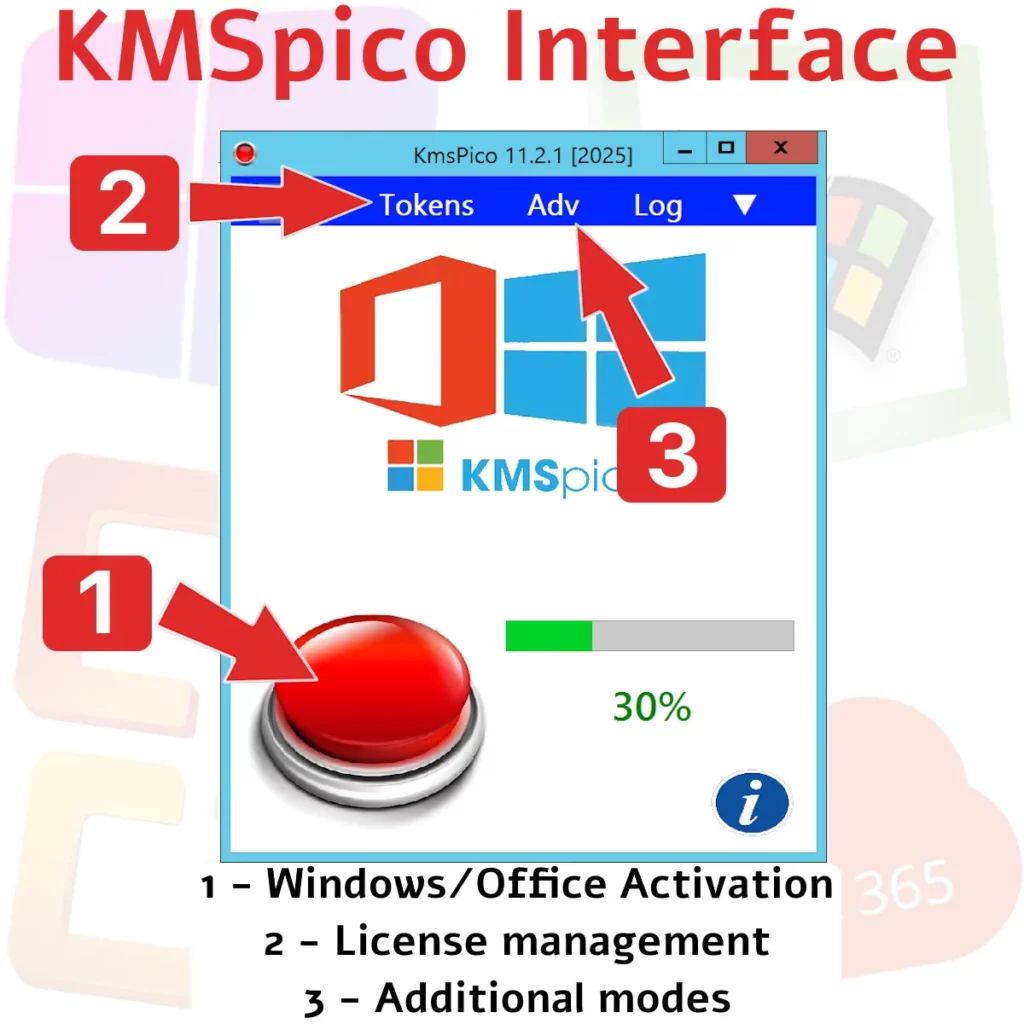In the rapidly evolving world of technology, the balance between innovation and compliance remains a critical challenge. Organizations must ensure that their software utilization aligns with legal standards while encouraging innovation amongst their teams. One area that poses unique challenges is software licensing and its implications, particularly when tools like km spico come into play. Understanding the role of these tools and how they fit into the broader landscape of software usage is essential for any tech-driven organization aiming to stay ahead.
The Role of Software Licensing in the Era of km spico
Software licensing determines how software can be used, distributed, and modified. As organizations innovate, they often need to navigate complex licensing agreements. Non-compliance can lead to hefty fines and reputational damage. Ensuring proper use of tools such as km spico requires vigilance, as it has significant implications for legality and ethical practices. The stakes are high, and missteps can result in significant setbacks both financially and strategically.
Understanding km spico: A Double-Edged Sword
Kms tools like km spico are designed to assist in activating software, especially operating systems like Windows 7 or Office applications. While these tools can facilitate easy activation processes, they often bypass official licensing channels, making them controversial from a compliance perspective. This dual nature—being both a facilitator of convenience and a potential legal risk—necessitates careful consideration by IT departments.
Innovation vs Compliance: The Dichotomy with km spico
There is an inherent tension between fostering innovation and adhering to strict compliance protocols. On one hand, developers seek effective solutions to streamline workflows using kms pico download options. On the other hand, compliance specialists need to ensure that all software usage is within legal boundaries. Managing this dichotomy requires clear policies, ongoing education, and a deep understanding of both the technical and legal landscapes.
Geospatial Tools and Licensing with km spico
In specialized fields like geospatial analysis, applications involving distance calculation or spatial analysis rely heavily on licensed software such as map coordinates or terrain mapping tools. Ensuring these tools are properly licensed is crucial for maintaining integrity and avoiding legal pitfalls. The use of license management systems can aid in tracking usage rights and ensuring that all software is used correctly.
- Kilometer Measurement: Accurate location data collection hinges on compliant software use. Any deviation from compliance can invalidate project results.
- Kmspico Portable: Offers enhanced flexibility but raises licensing concerns. Its ease of use must be weighed against potential breaches in compliance.
Compliance Strategies in Practice: Navigating km spico
Implementing robust compliance strategies involves careful planning and consistent monitoring. Employing commands such as DISM (Deployment Image Servicing and Management) helps manage system images and ensure they comply with licensing terms. Organizations often rely on virtual machines with specific constraints like VM 2 vCPU / 4 GB RAM to conduct testing without breaching license agreements. This approach ensures that innovation continues without overstepping legal boundaries. Discover innovative ways to balance software compliance at https://www.kmspico.lc/, where km spico solutions meet modern challenges effectively.
Comparison
| Aspect | KMSpico | Compliance Perspective |
|---|---|---|
| Purpose | Activate Windows/Office | Bypass official licensing |
| Legal Status | Unauthorized software | Violation of EULA terms |
| Security Risks | Potential malware source | Compromises system integrity |
| User Base | Individuals seeking free access | Lacks support and accountability |
Lab Constraints Impact on Compliance with km spico
Virtual environments require careful setup to remain compliant. For instance, snapshot timing must be meticulously managed to ensure adherence to license restrictions while allowing for innovative testing and development within those environments. Proper documentation and regular audits can prevent inadvertent non-compliance.
Tackling Non-compliance Challenges Linked to km spico
Despite best efforts, non-compliance issues can arise when using activation tools like kms pico download. Addressing these challenges involves creating a culture of awareness and education around the risks associated with unauthorized use. Workshops and training sessions can equip staff with the knowledge needed to avoid potential pitfalls.

The Way Forward with km spico: Balancing Compliance and Innovation
The journey toward achieving a harmonious balance between compliance and innovation is ongoing. By understanding the implications of using tools like km spico and implementing rigorous compliance measures, organizations can foster a technological environment conducive to both innovation and legality. It’s about crafting policies that allow for creativity while ensuring all actions are legally sound.
Cultivating a Compliance-First Culture with km spico
A proactive approach involves educating teams about the importance of compliance in technology use. Encouraging responsible use of windows 7 activator download mechanisms ensures that innovation does not come at the cost of legality or ethical standards. Regular updates on policy changes help keep everyone informed about what is required for compliance.
The Future of Software Compliance with km spico Tools
As technology continues to advance, the need for adaptive compliance strategies will only grow more pressing. Organizations should prioritize developing frameworks that address both current challenges around tools such as kmspico download while anticipating future trends in software licensing. Staying ahead means being prepared for new developments before they become industry standards.
Navigating the complex landscape of software licensing requires diligence, strategic planning, and an unwavering commitment to ethical practices. By effectively managing this balance, businesses can confidently embrace innovation without compromising their compliance obligations. In doing so, they set themselves up not only for success today but also for sustainable growth tomorrow.
